Federico Fellini, Alberto Lattuada | 1hr 33min

How many times must impresario Checco fall for a young lady, throw away his life for her career, and find himself abandoned before he learns his lesson? It seems that some romantics are simply incapable of such self-cognisance, as even after the precious Liliana departs his troupe to be a showgirl in a larger company, another woman similarly catches his eye and sets off the cycle all over again. Meanwhile, Checco’s faithful mistress Melina is always there to catch his fall, constantly letting her heart be broken in the hope that one day it won’t all be in vain. The bare bones of Variety Lights’ narrative make up a fable that Josef von Sternberg had previously given extraordinary cinematic life in has masterpiece The Blue Angel, and yet the light neorealist edge that Federico Fellini and Alberto Lattuada offer here alternatively ingrains it within the bohemian landscapes of Italy’s travelling troupes with effortless style.
For Fellini especially, Variety Lights marks a significant milestone as his directorial debut, having spent the past few years working as a screenwriter for Roberto Rossellini. His love of theatre’s longstanding traditions would take on even greater symbolic meaning in later films like La Strada and 8 ½, but they emerge quite directly here as the setting of his narrative, fuelling the drama between its flighty characters. So too does he initiate two of his greatest collaborations in this film, not only with cinematographer Otello Martelli whose keen sense of blocking and depth of field would later be put to tremendous use in La Dolce Vita, but also with Fellini’s own wife Giulietta Masina who steals every scene she is in as Melina.
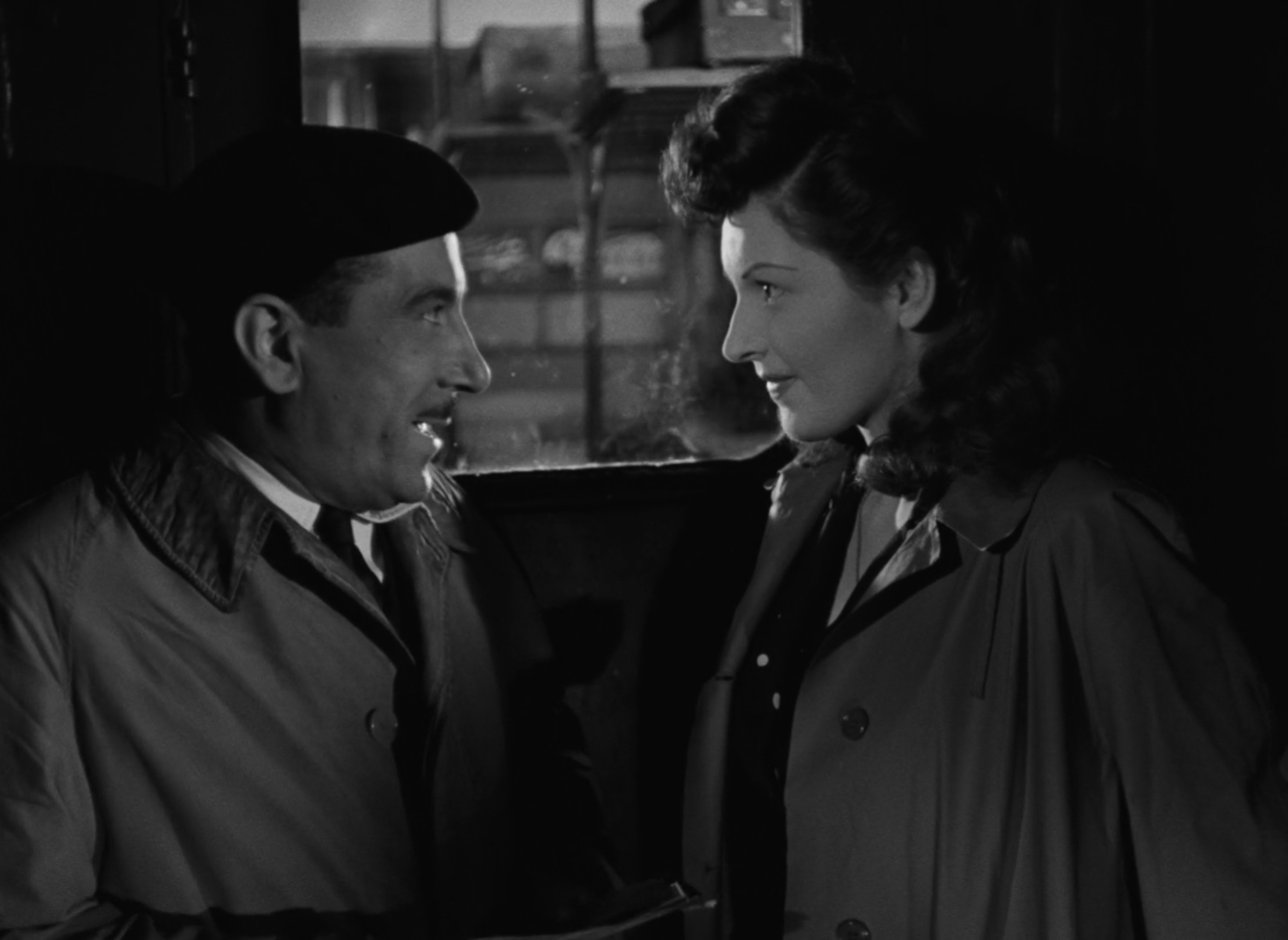
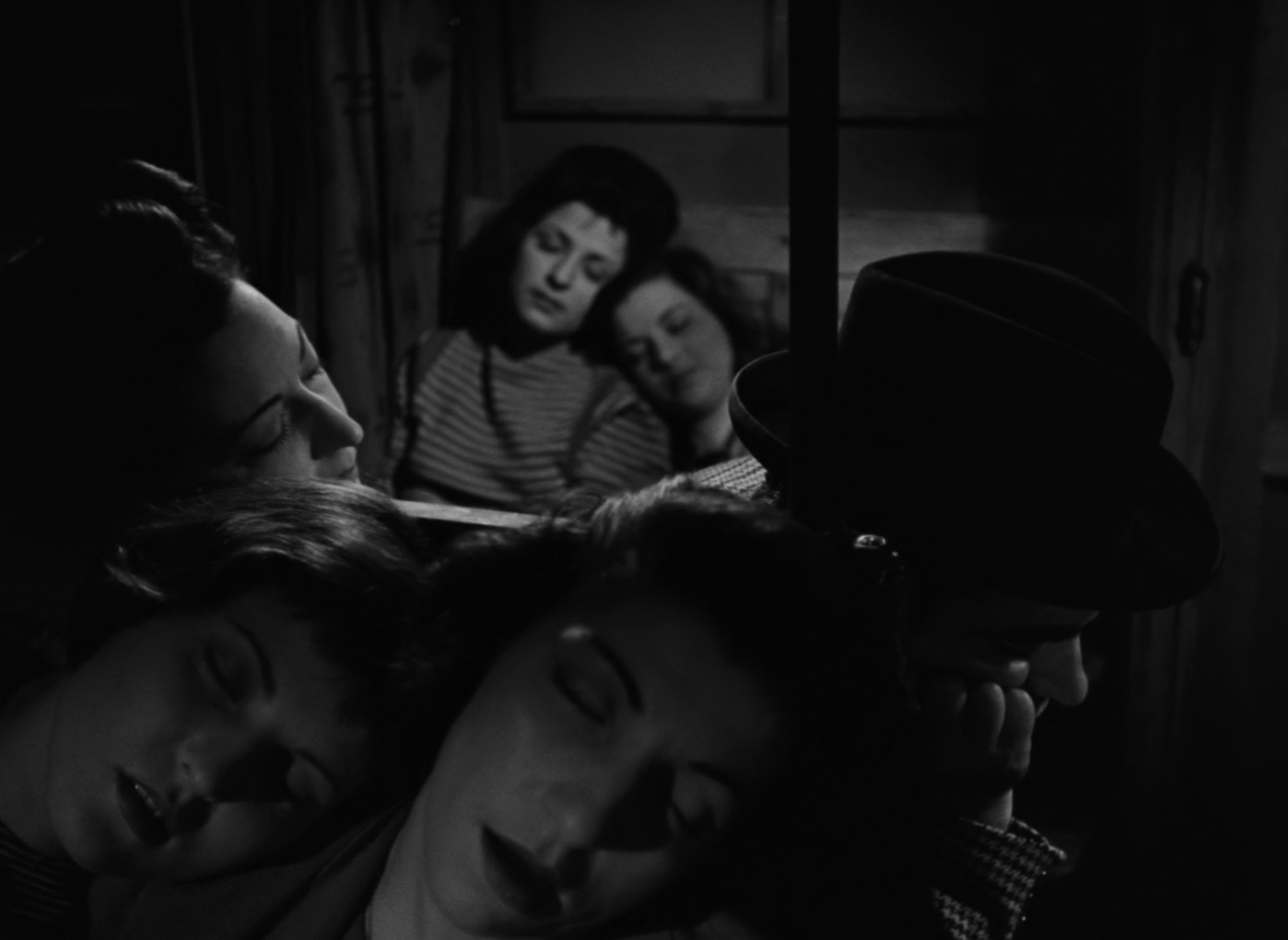
Carla Del Poggio may not be quite up to Masina’s level as Liliana, but even so her transformation from awkward wannabe to glamourous showgirl is well-earned. Much like the sly usurper of All About Eve, Liliana works her way into the inner circle of powerful players with a sincere naivety, winning the viewer’s trust as a reliable heroine. Her first attempt at ingratiating herself with Checco by showing him her model photos is blunt, but it isn’t until she hires a carriage to rescue his stranded troupe that she is brought into their fold. Her apparent clumsiness onstage apparently doesn’t deter male spectators from cheering on her performance, and so she officially becomes the hot new attraction, growing audience numbers by the night and drawing invitations for the group to dine with wealthy patrons.
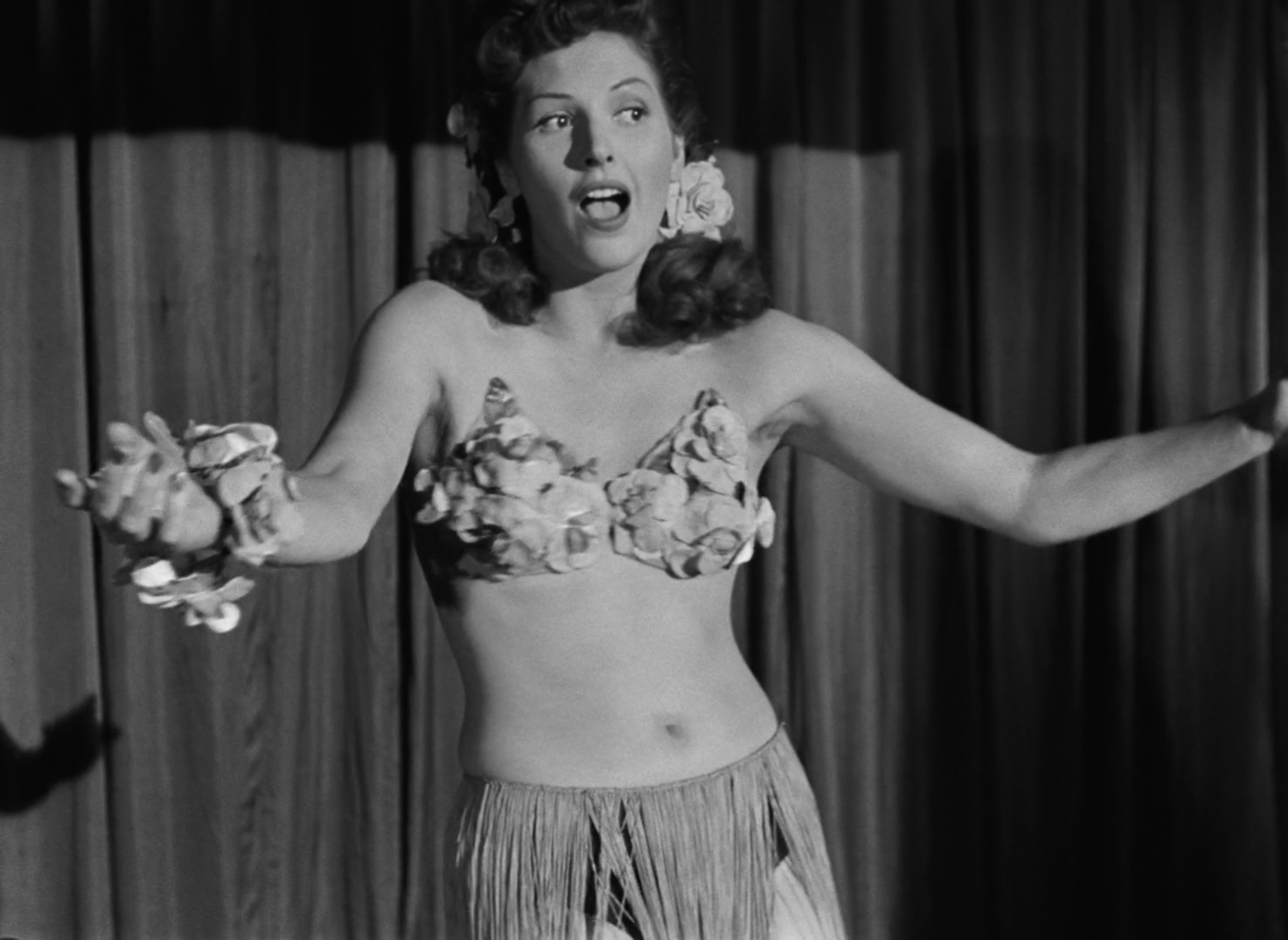
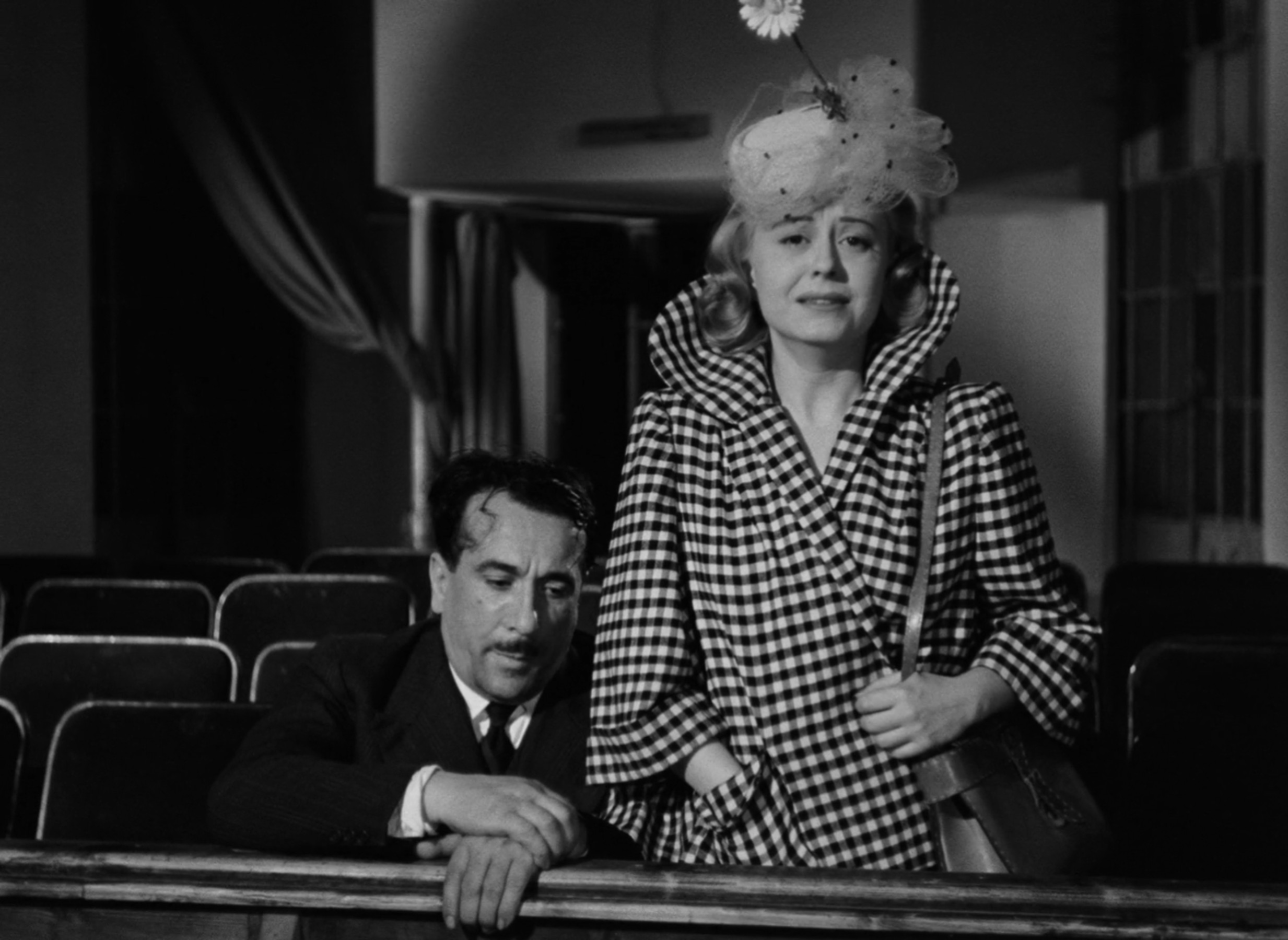
Seeing an opportunity to make more money and keep Liliana by his side, Checco resolves for the pair of them to strike out on their own and start a new acting troupe. The following struggle for funds that sees him crawling back to Melina briefly blows Variety Lights out into melodrama, and yet not enough to detract from Fellini’s naturalism. Taking inspiration from his neorealist mentors, he chooses to shoot on location all through urban and rural Italy, composing handsome shots from cobbled stone streets, narrow alleyways, and long, dusty roads lines with trees.
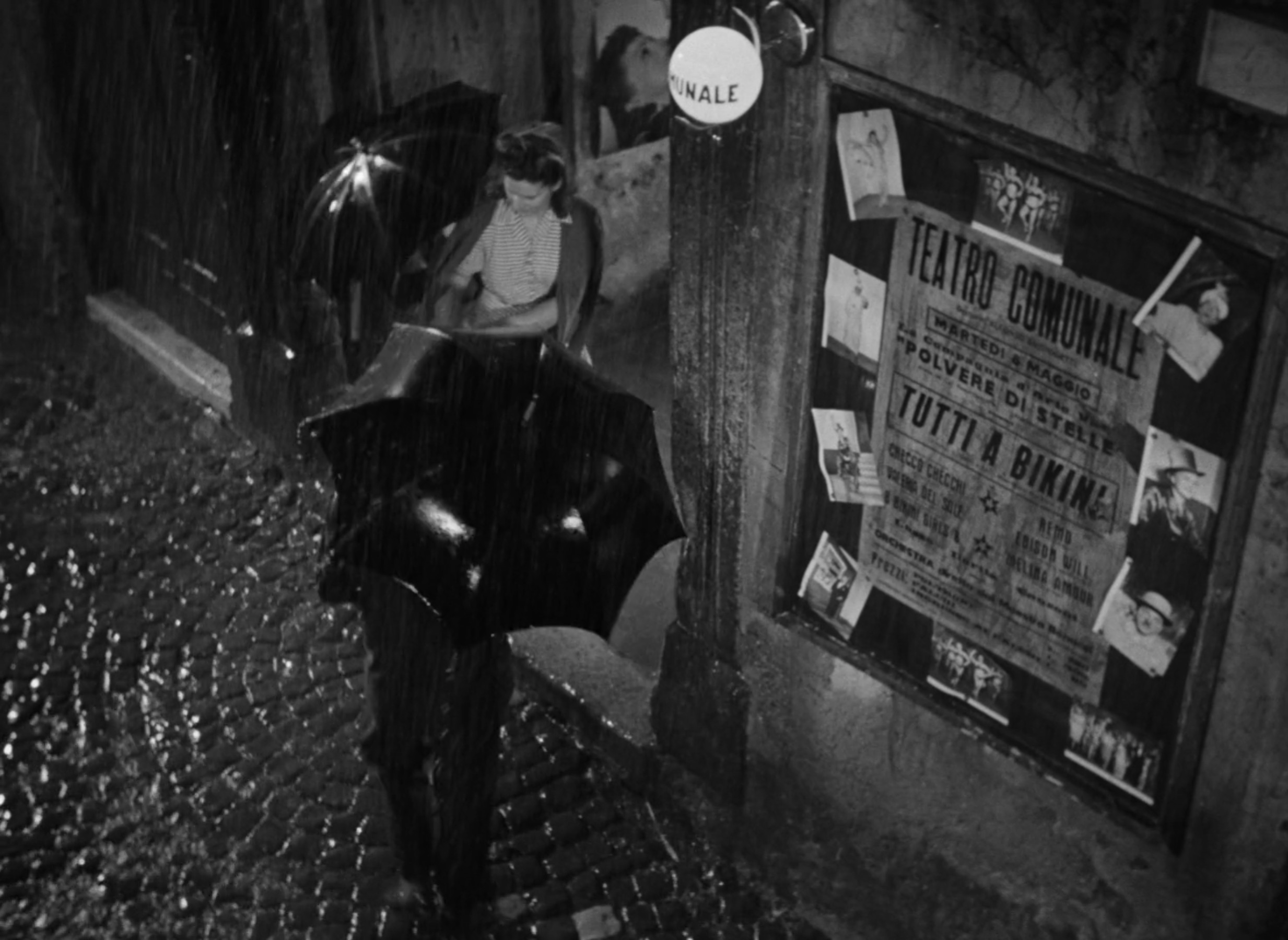
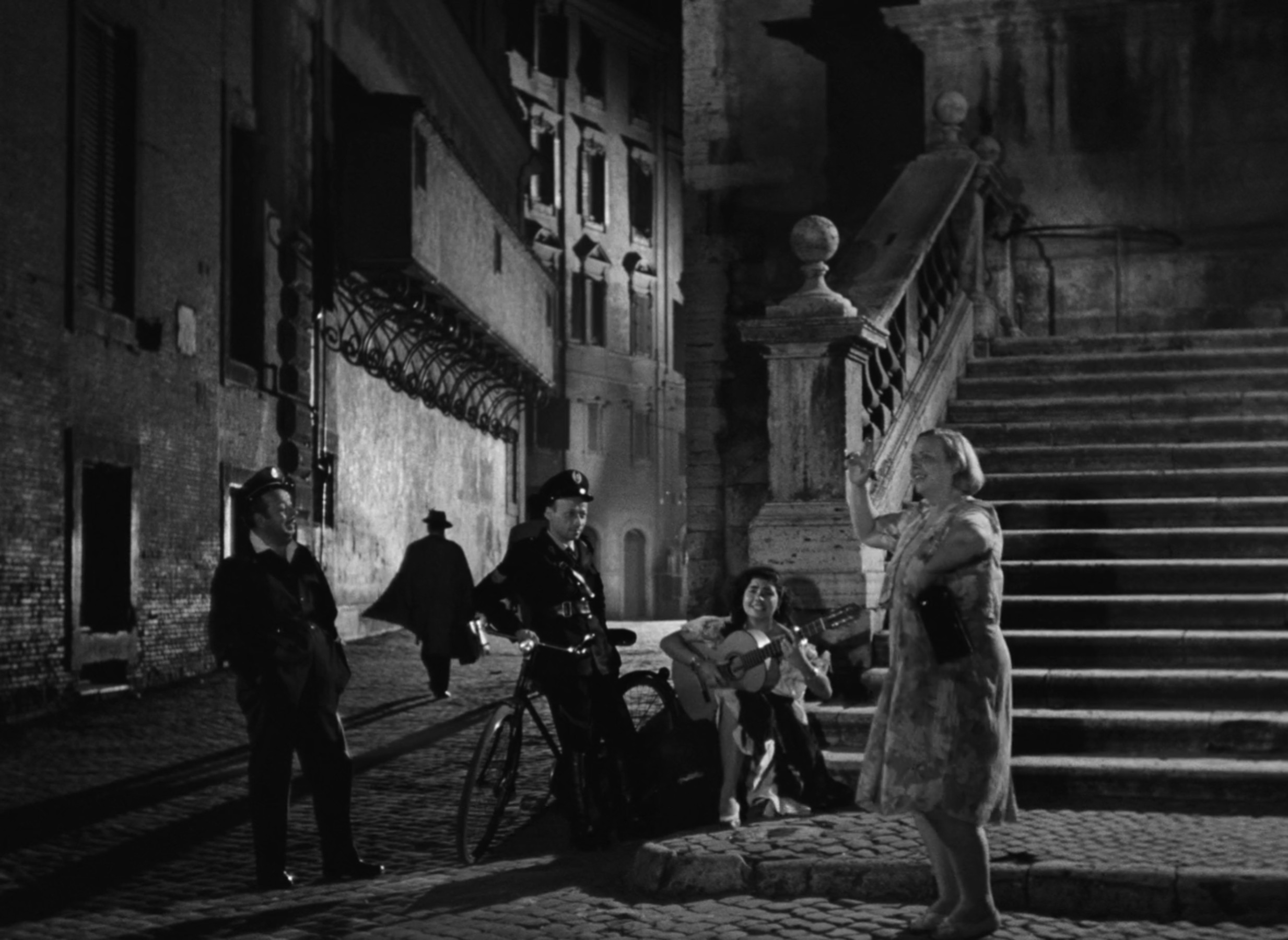
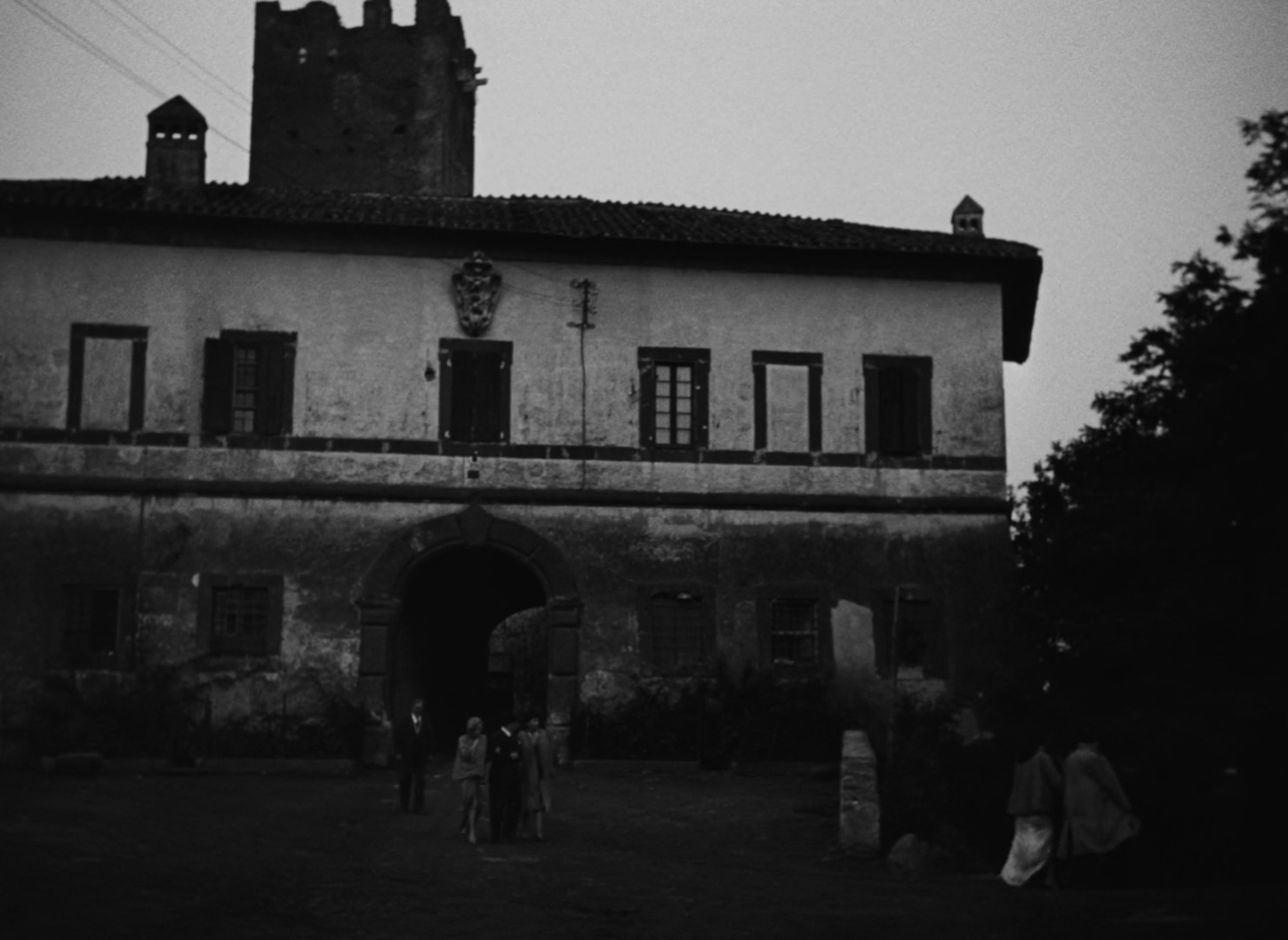
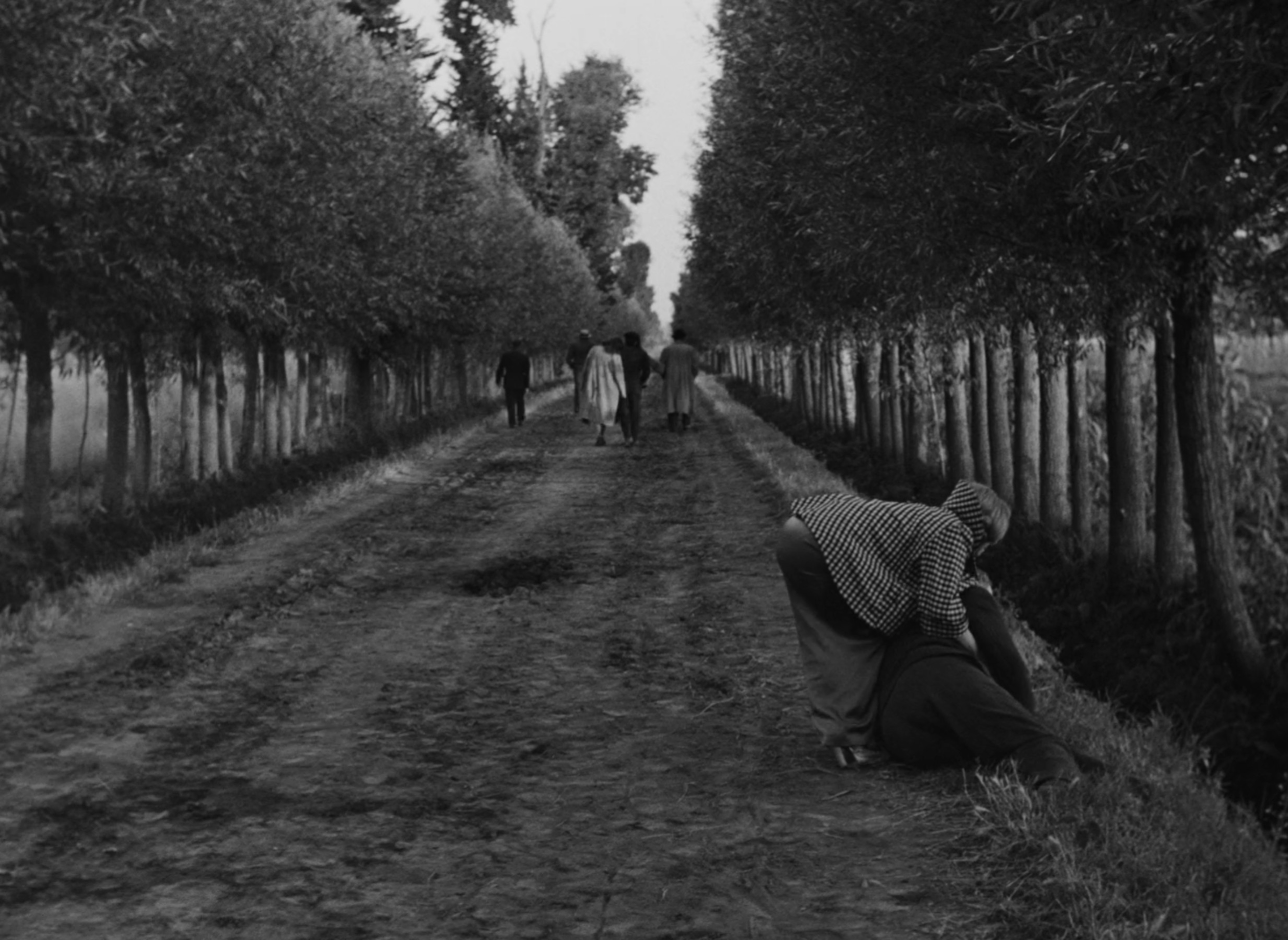
This is not the groundbreaking filmmaking that would later establish Fellini as a master of the art form, but it is nonetheless an admirable starting point, absolutely fitting for this fable of luckless artists. For better or for worse, Checco will always have Melina there to foolishly take him back when other women abandon him for more lavish opportunities, leaving him broke in both love and money. It might be easy to assume that only those blinded by dreamy passion lose themselves in eternal loops of self-degradation, and yet as is evident through Variety Lights’ hapless impresario, such complete failure also takes a self-centred ego and a certain lack of wits.
Variety Lights is currently streaming on The Criterion Channel, and the DVD and Blu-ray are available to purchase on Amazon.
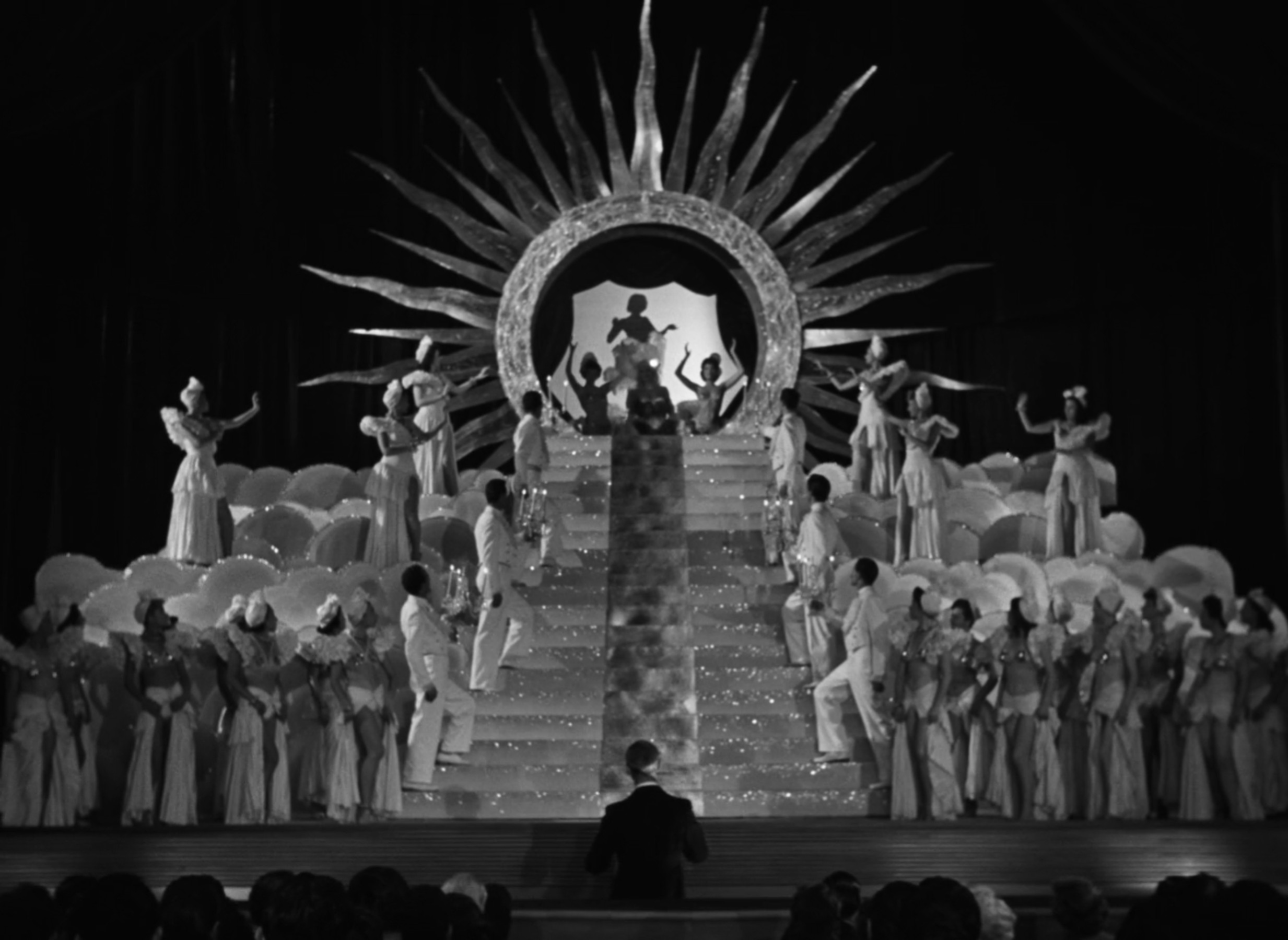

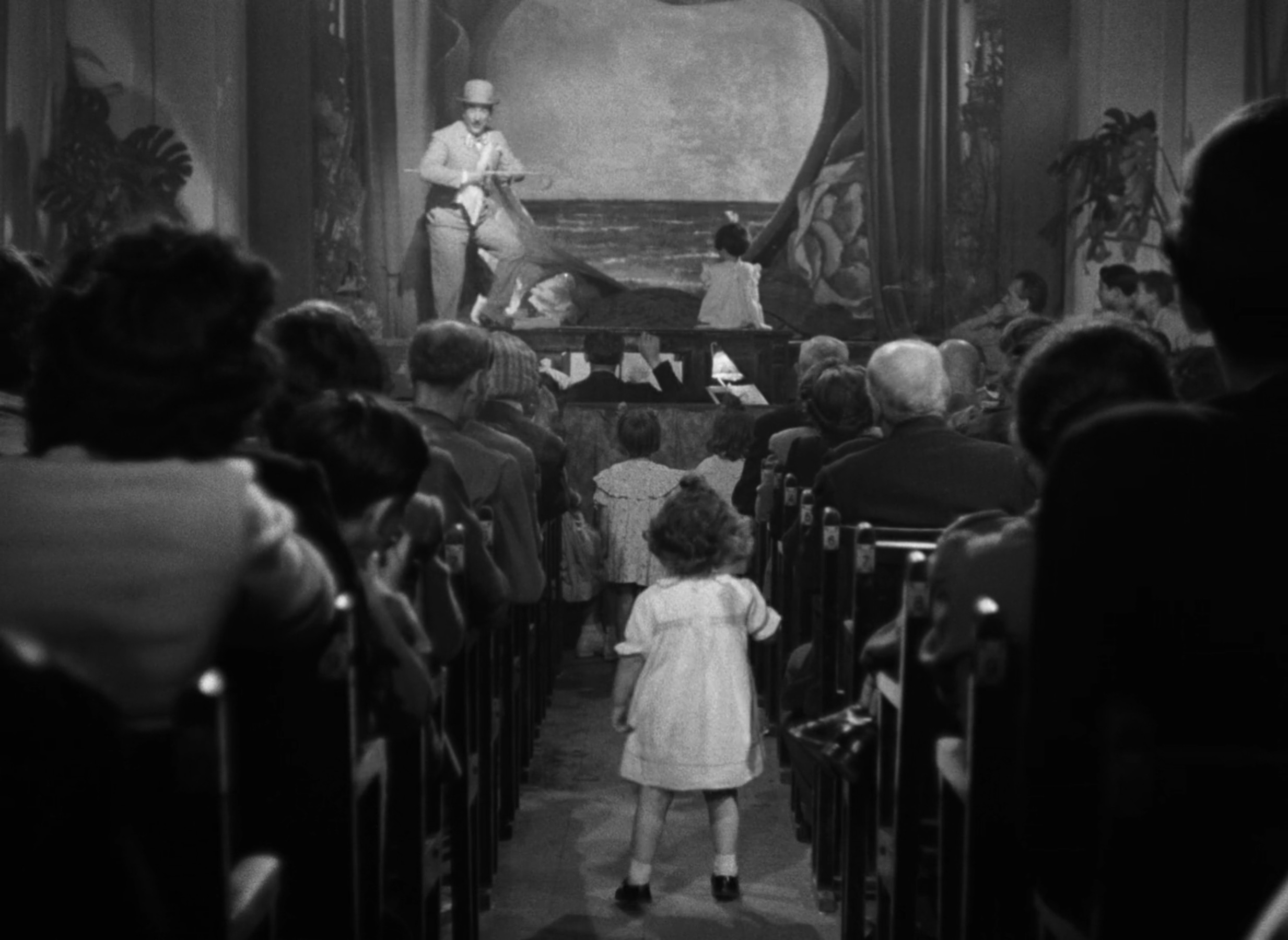
Pingback: The 50 Best Female Actors of All Time – Scene by Green